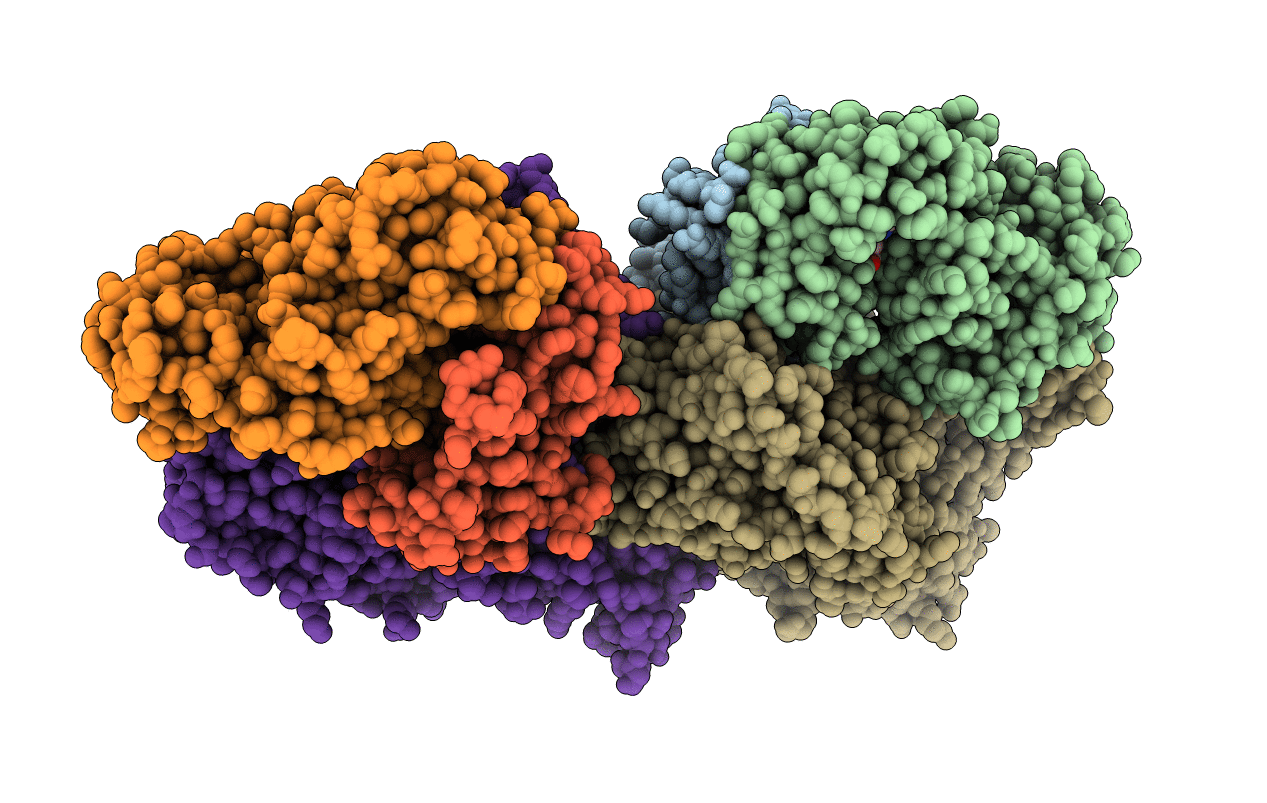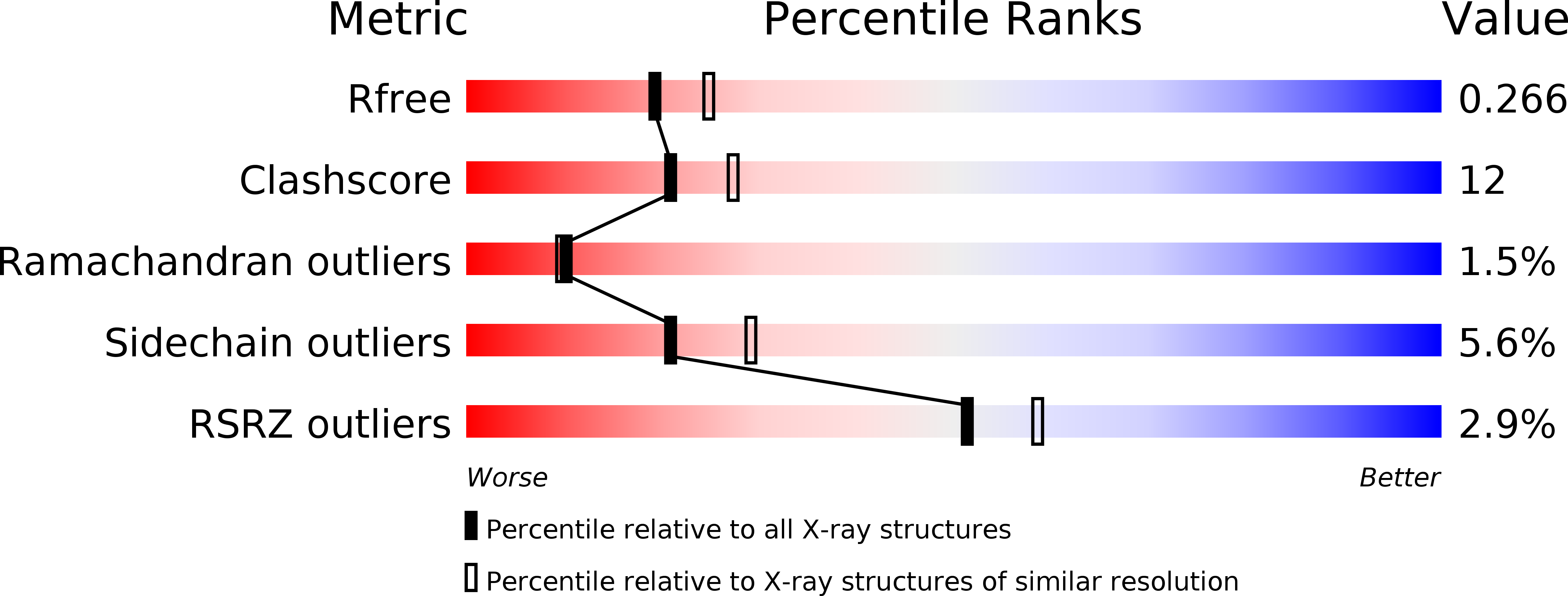
Deposition Date
2007-11-05
Release Date
2007-12-04
Last Version Date
2023-08-30
Entry Detail
PDB ID:
3B9J
Keywords:
Title:
Structure of Xanthine Oxidase with 2-hydroxy-6-methylpurine
Biological Source:
Source Organism:
Bos taurus (Taxon ID: 9913)
Method Details:
Experimental Method:
Resolution:
2.30 Å
R-Value Free:
0.26
R-Value Work:
0.19
R-Value Observed:
0.19
Space Group:
P 1 21 1


